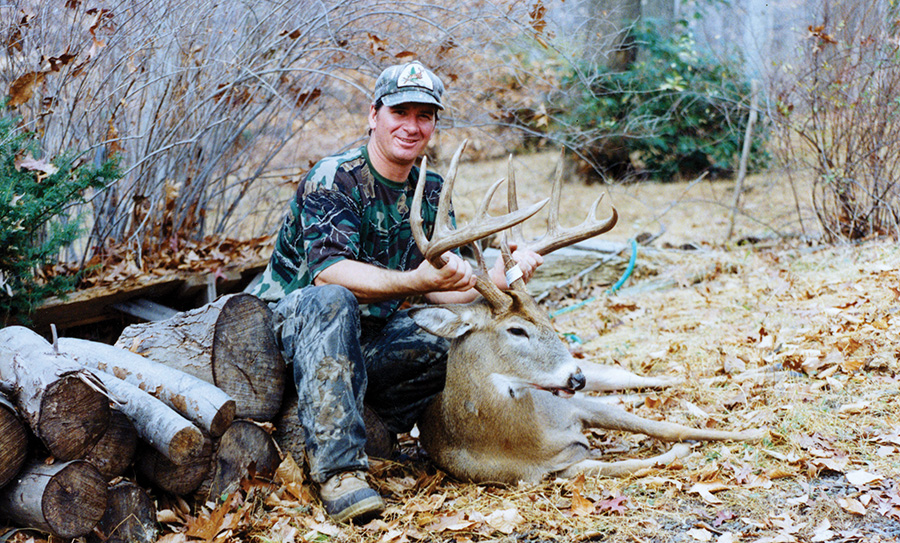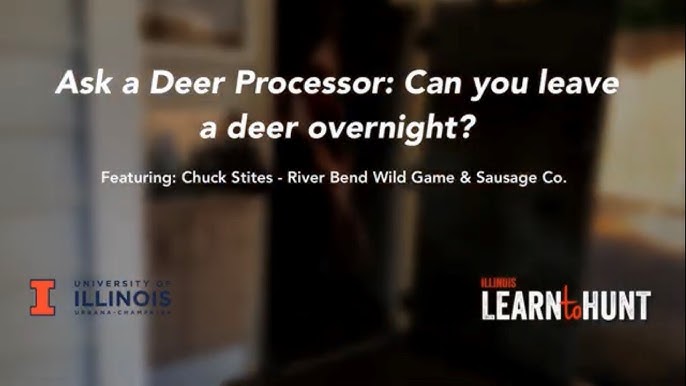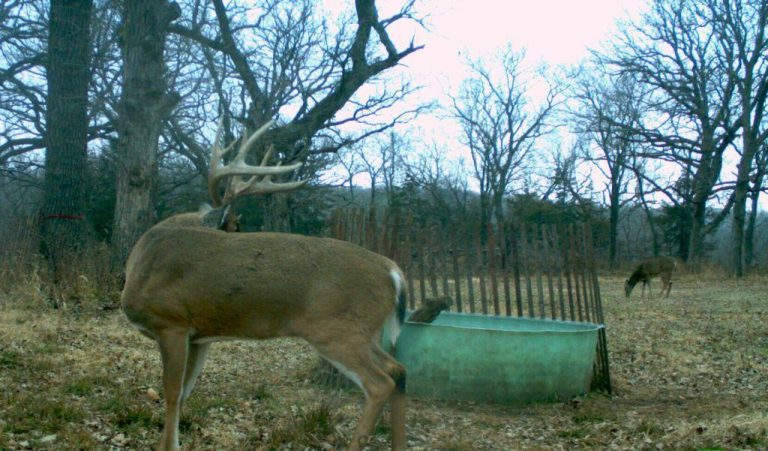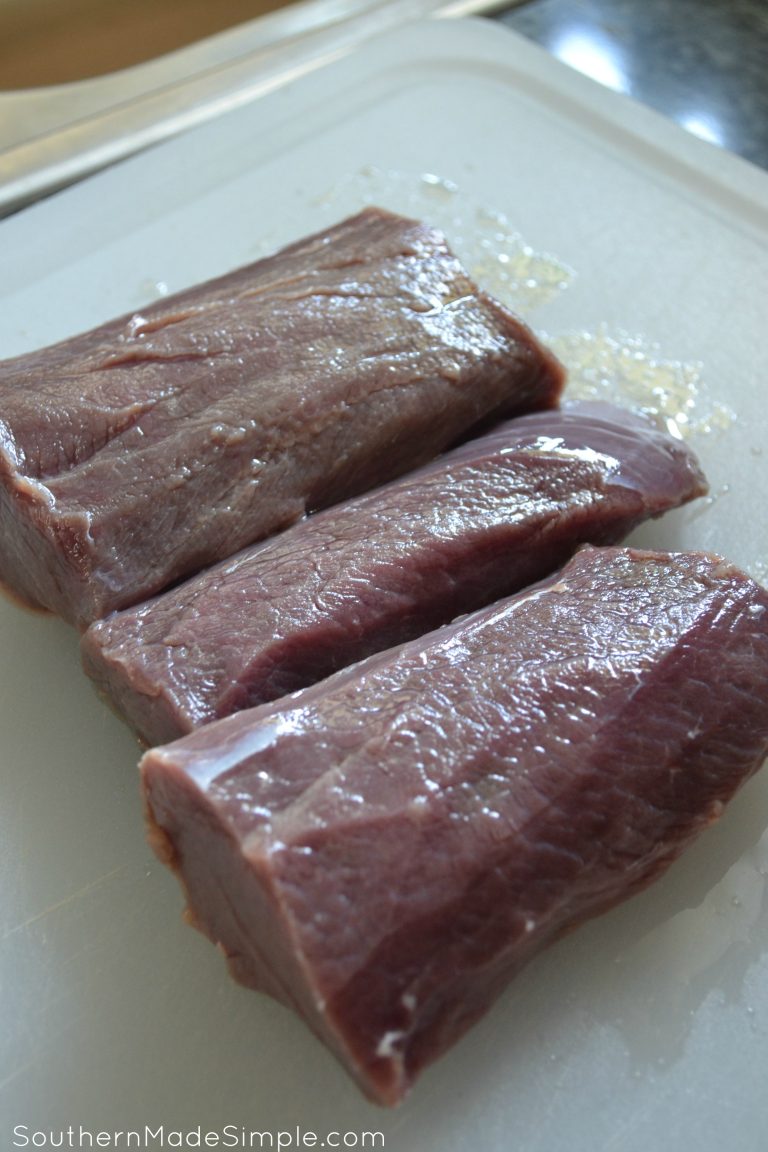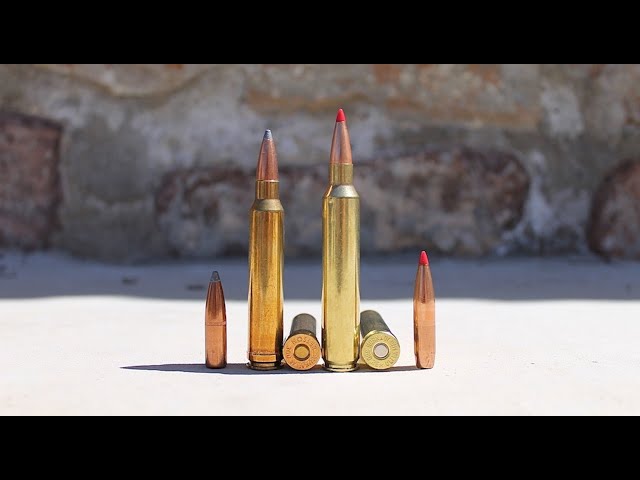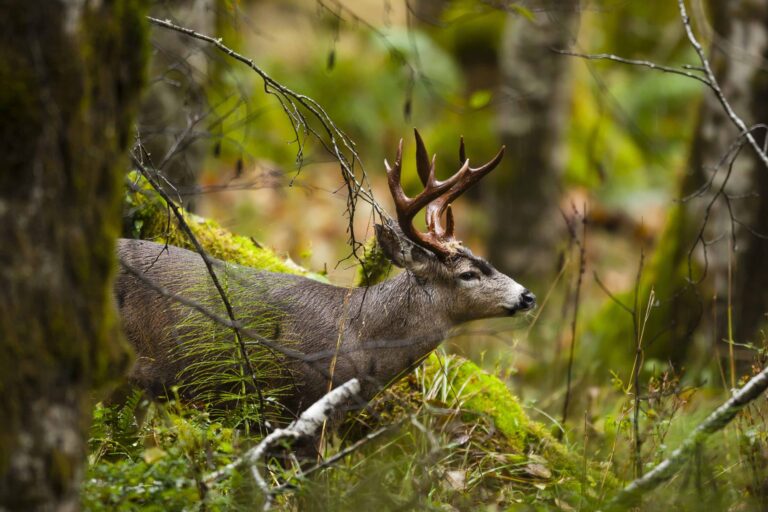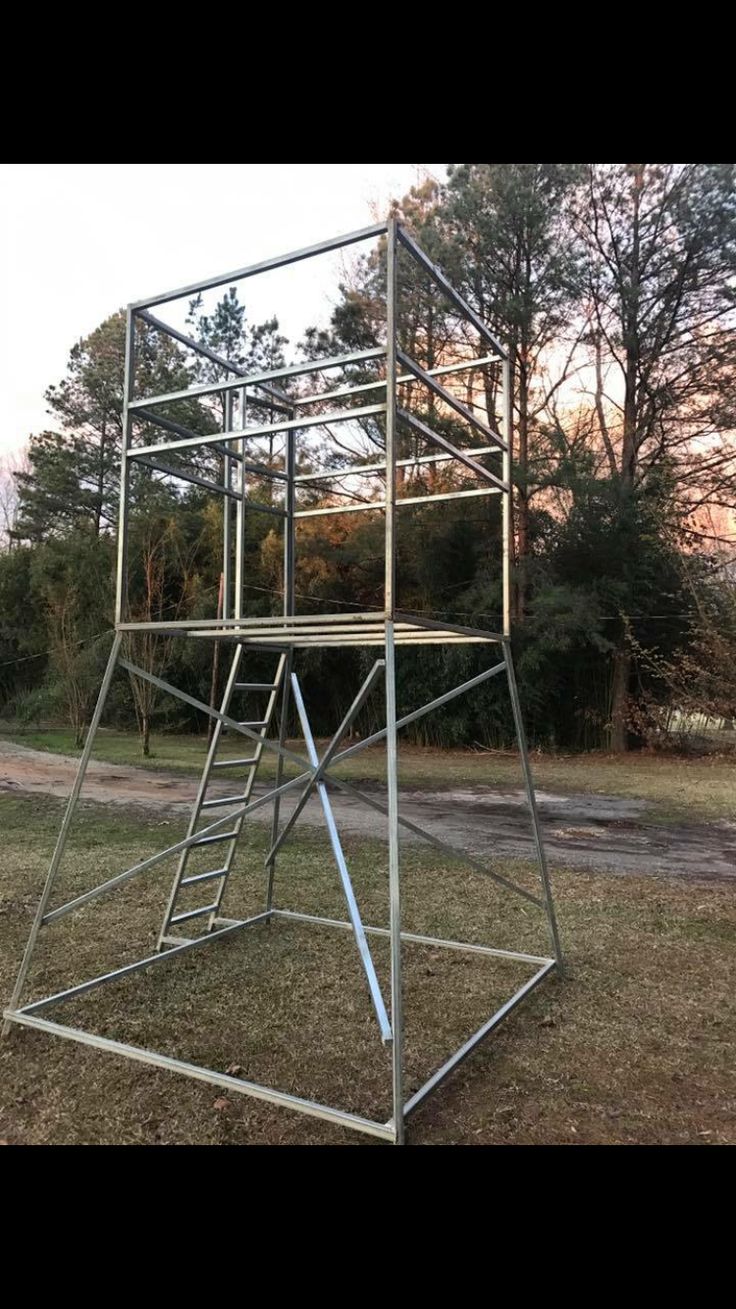Whitetail Deer in Pennsylvania: A Hunter’s Ultimate Guide
Whitetail deer are a common sight in Pennsylvania. These graceful creatures are a symbol of the state’s rich wildlife.
In Pennsylvania, whitetail deer are more than just animals; they are part of the landscape. Their presence is felt in forests, fields, and even suburban areas. Deer hunting is a popular activity, drawing many enthusiasts each year. But the relationship between humans and deer goes beyond hunting.
Understanding the habits and habitats of whitetail deer can lead to better conservation efforts. It also helps in managing their populations and preserving the balance of nature. In this blog, we’ll explore the fascinating world of whitetail deer in Pennsylvania. From their behavior to their impact on the ecosystem, there is much to discover. So, let’s dive in and learn more about these incredible animals.
Introduction To Whitetail Deer
The Whitetail Deer, or Odocoileus virginianus, is a common sight in Pennsylvania. Known for their grace and agility, these creatures are a fascinating part of the local wildlife. This blog post delves into the characteristics, habitat, and range of the Whitetail Deer in Pennsylvania.
Species Characteristics
Whitetail Deer have a reddish-brown coat during summer. In winter, their fur turns grayish-brown. Males, called bucks, grow antlers every year. These antlers are shed in late winter. Females, known as does, do not grow antlers. A white underside of their tail is their most distinguishing feature. When alarmed, they raise this tail as a signal.
Habitat And Range
Whitetail Deer thrive in diverse habitats. They prefer forests, farmlands, and wetlands. They adapt well to human presence. In Pennsylvania, they are found in all 67 counties. They are most abundant in the northern and central regions. These regions provide ample food and cover. Whitetail Deer are also seen in suburban areas. They often forage on gardens and shrubs.

Credit: www.pa.gov
Hunting Regulations
Understanding the hunting regulations for whitetail deer in Pennsylvania is crucial. These rules help ensure the safety and sustainability of the deer population. Here, we break down the essential information on licensing requirements and season dates.
Licensing Requirements
To hunt whitetail deer in Pennsylvania, you must have the proper hunting license. There are several types of licenses available:
- Resident Adult Hunting License: For Pennsylvania residents aged 17 to 64.
- Non-Resident Adult Hunting License: For individuals who do not reside in Pennsylvania.
- Junior Hunting License: For residents and non-residents aged 12 to 16.
- Senior Hunting License: For residents aged 65 and older.
- Mentored Youth Permit: For children under 12.
You can purchase these licenses online or at authorized licensing agents. Remember to carry your license while hunting.
Season Dates
The hunting season for whitetail deer in Pennsylvania is divided into several segments. Here are the key dates for the 2023-2024 season:
| Season | Dates |
|---|---|
| Archery (Statewide) | October 1 – November 12 |
| Regular Firearms (Statewide) | November 26 – December 10 |
| Late Archery and Flintlock (Statewide) | December 26 – January 14 |
Ensure you check the specific dates for your area. They can vary based on wildlife management units.
Following these regulations helps protect the whitetail deer population. Happy hunting!
Essential Hunting Gear
Hunting whitetail deer in Pennsylvania requires the right gear. Proper equipment ensures safety and increases your chances of success. Let’s explore the essential hunting gear you need.
Clothing And Camouflage
Wearing appropriate clothing is crucial. Choose layers to stay warm and dry. Start with a moisture-wicking base layer. Add an insulating layer for warmth. Finish with a waterproof outer layer.
Camouflage is also important. Deer have keen vision. Blend into the environment with camo patterns. Popular options include woodland and snow camo.
| Clothing Item | Description |
|---|---|
| Base Layer | Moisture-wicking material to keep you dry |
| Insulating Layer | Provides warmth in cold conditions |
| Outer Layer | Waterproof and windproof jacket |
Weapons And Ammunition
Choosing the right weapon is vital. Bows and rifles are the most common. Each has its advantages.
- Bows – Silent and effective for close range.
- Rifles – Greater range and accuracy.
Ammunition is equally important. Use high-quality arrows for bows. Choose the right caliber bullets for rifles. Accurate shots ensure humane kills.
- Check local regulations for legal weapons.
- Practice regularly for accuracy.
Proper gear enhances your hunting experience. Stay prepared and safe.
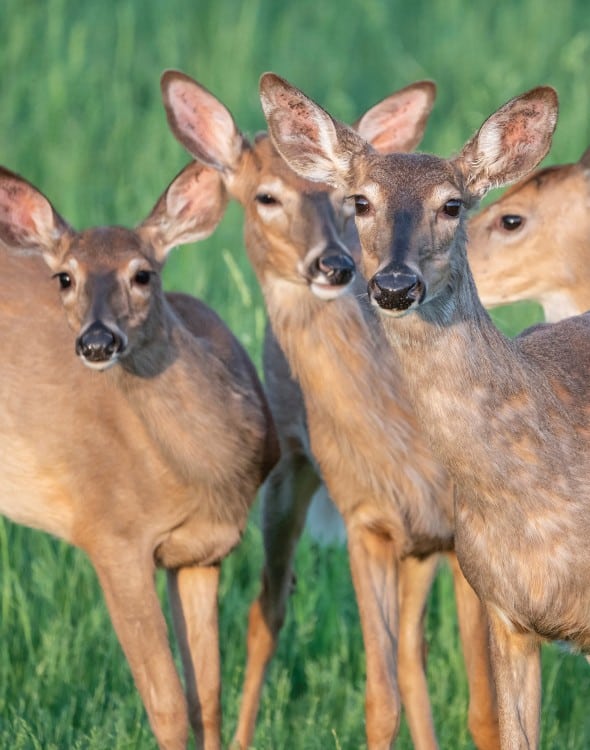
Credit: natlands.org
Scouting And Tracking
Scouting and tracking whitetail deer in Pennsylvania is an essential skill for hunters. It involves understanding deer behavior and their environment. Successful scouting increases your chances of a fruitful hunt. Here, we will discuss two key aspects: reading deer sign and using trail cameras.
Reading Deer Sign
Reading deer sign is crucial for effective scouting. Look for tracks and trails. Deer leave hoof prints in soft ground. Note their size and direction. Droppings are another sign. Fresh droppings mean deer are nearby. Scrapes and rubs on trees indicate deer activity. Bucks create these marks during the rut. They rub antlers on trees to mark territory. Scrapes are areas where bucks paw the ground and leave scent. Pay attention to these signs to locate deer.
Using Trail Cameras
Trail cameras are valuable tools for tracking deer. Place cameras near trails and feeding areas. They capture images of deer activity. Check cameras regularly to gather data. This helps you understand deer patterns. Note the times deer visit certain areas. Adjust your hunting strategy accordingly. Trail cameras provide real-time insights. They help you stay updated on deer movements.
Hunting Techniques
Hunting Whitetail Deer in Pennsylvania requires specific techniques. These methods help hunters track and capture deer effectively. Understanding these techniques will increase your chances of success in the field.
Stand Hunting
Stand hunting is a popular method in Pennsylvania. It involves setting up a stationary position. This can be done using tree stands or ground blinds.
Tree stands provide an elevated view. They are usually placed 15 to 20 feet above the ground. This position offers a better vantage point. It helps hunters spot deer from a distance.
Ground blinds are another option. They are set up at ground level. This method offers cover and camouflage. Ground blinds are useful in areas with thick vegetation.
| Pros | Cons |
|---|---|
| Better visibility | Limited mobility |
| Effective camouflage | Requires setup time |
Spot And Stalk
Spot and stalk hunting is more active. It requires moving through the terrain. The goal is to spot deer from a distance. Then, you quietly stalk closer for a shot.
Binoculars are essential for this technique. They help you spot deer without alerting them. Good footwear is also important. It allows you to move silently through the woods.
- Use binoculars to scan the area.
- Move slowly and quietly towards the deer.
- Keep the wind in your face to avoid detection.
- Stay low and use natural cover.
- Take a clear, ethical shot when close enough.
This method requires patience and skill. It is ideal for hunters who enjoy being on the move.
Both techniques have their benefits. Choosing the right one depends on your preference and the hunting conditions. Whether you prefer the stationary approach of stand hunting or the active pursuit of spot and stalk, mastering these techniques can lead to a successful hunt in Pennsylvania.
Field Dressing And Processing
Field dressing and processing whitetail deer in Pennsylvania ensures the meat is fresh and safe to eat. Proper techniques help preserve the quality of the venison. Efficient handling is key for a successful hunting experience.
Field Dressing Basics
Field dressing a whitetail deer is essential to ensure the quality of the meat. Here are the steps for proper field dressing:- Prepare your tools: knife, gloves, and a clean surface.
- Position the deer on its back with legs spread.
- Make a small incision from the chest to the pelvic bone.
- Remove the organs carefully to avoid puncturing the intestines.
- Check for any signs of disease or abnormalities.
- Wipe down the cavity with a clean cloth.
- Keep the meat cool to prevent spoilage.
Butchering Your Deer
After field dressing, it’s time to butcher the deer for processing. Here’s a simple guide:- Hang the deer in a cool place to age the meat.
- Start by removing the front and hindquarters.
- Separate the ribs from the spine.
- Trim off excess fat and silver skin.
- Cut the meat into manageable portions for cooking.
- Package and label the meat for storage.
Safety Tips
Whitetail deer hunting in Pennsylvania is a cherished tradition. Ensuring safety is crucial for a successful and enjoyable hunt. Below are essential safety tips that every hunter should follow.
Firearm Safety
Always treat every firearm as if it is loaded. This basic rule prevents accidental discharges. Keep your muzzle pointed in a safe direction. Never point it at anything you do not intend to shoot. Ensure your safety is on until you are ready to fire.
Be aware of your target and what lies beyond it. Confirm it is safe to shoot. Always carry your firearm safely. Use a sling or keep the muzzle under control. Practice regular maintenance. Clean and inspect your firearm to ensure it works properly.
Hunter Orange Requirements
In Pennsylvania, wearing hunter orange is mandatory during certain hunting seasons. This bright color helps other hunters see you, reducing the risk of accidents. During firearms deer season, wear at least 250 square inches of fluorescent orange on your head, chest, and back.
Ensure your hunter orange is visible from all directions. Do not cover it with other clothing or gear. Wearing hunter orange is a simple yet effective way to stay safe in the woods. Remember, safety comes first.
Conservation Efforts
Conservation efforts play a vital role in maintaining healthy whitetail deer populations in Pennsylvania. The state has implemented various strategies to ensure the sustainability and balance of these majestic animals. The following sections delve into specific conservation methods that are making a difference.
Population Management
Population management is crucial for the health of deer herds. Pennsylvania uses regulated hunting seasons to control deer numbers. This helps prevent overpopulation, which can lead to disease and food shortages. Hunters are given specific quotas and guidelines to follow, ensuring that deer populations remain balanced and healthy.
Habitat Improvement
Habitat improvement is another key aspect of conservation. The state works on enhancing natural habitats to provide better living conditions for deer. This includes planting native vegetation and creating water sources. These efforts help ensure that deer have access to the resources they need.
Improved habitats also support other wildlife, creating a balanced ecosystem. By focusing on habitat improvement, Pennsylvania promotes a sustainable environment for whitetail deer and other species.
Local Hunting Resources
Finding the right local hunting resources is crucial for a successful whitetail deer hunt in Pennsylvania. Knowing where to get support, information, and permissions can make your experience smoother and more enjoyable. Here are some key resources you should consider.
Hunting Clubs
Hunting clubs offer a community for deer hunters. They provide access to private lands, which can increase your chances of a good hunt. Many clubs also offer educational programs. These programs can help you improve your hunting skills. Joining a club can be a great way to meet other hunters. You can share tips and stories with experienced members. This can make your hunting experience more enjoyable.
Game Wardens And Contacts
Game wardens are important for hunting in Pennsylvania. They enforce hunting laws and regulations. Knowing your local game warden can be helpful. They can provide information on legal hunting areas. They can also offer advice on safety practices. You can contact them for any questions or concerns. Most game wardens are happy to assist hunters. They want to ensure everyone has a safe and successful hunt.

Credit: www.facebook.com
Conclusion And Final Thoughts
Whitetail deer hunting in Pennsylvania offers an experience like no other. The state’s diverse landscape provides a natural habitat for these majestic creatures. As we wrap up, let’s reflect on the hunt and explore future opportunities.
Reflecting On The Hunt
Each hunt tells a unique story. Many hunters cherish the memories made during the season. The thrill of spotting a deer, the challenge of tracking, and the satisfaction of a successful hunt are unforgettable.
Consider the lessons learned. Did a particular strategy work well? Maybe the choice of gear made a difference. Reflecting on these aspects can improve future hunts.
Future Hunting Opportunities
Pennsylvania’s hunting season offers ample opportunities. Each year, new chances arise to experience the hunt. Different seasons, like archery and rifle, provide varied experiences. Explore these to find what suits you best.
Stay informed about regulations. Rules ensure the sustainability of deer populations. Check the Pennsylvania Game Commission’s website for updates. Planning ahead can make your next hunt even more successful.
Consider hunting with friends or family. Sharing the experience can deepen bonds and create lasting memories. The excitement of a group hunt often adds to the enjoyment.
Whether you are a seasoned hunter or a novice, Pennsylvania’s whitetail deer hunting offers something for everyone. Reflect on past hunts, and look forward to many more.
Frequently Asked Questions
What Do Whitetail Deer Eat In Pennsylvania?
Whitetail deer in Pennsylvania primarily eat plants, including leaves, twigs, fruits, and nuts. During winter, they consume woody vegetation.
When Is Whitetail Deer Hunting Season In Pennsylvania?
The hunting season for whitetail deer in Pennsylvania typically starts in late November and lasts until mid-December.
How Big Do Whitetail Deer Get In Pennsylvania?
Whitetail deer in Pennsylvania can weigh up to 200 pounds. Bucks are generally larger than does.
Where Can I See Whitetail Deer In Pennsylvania?
You can see whitetail deer in Pennsylvania’s state parks, forests, and rural areas, especially during dawn and dusk.
Conclusion
Whitetail deer in Pennsylvania offer a unique wildlife experience. They are fascinating creatures to observe. Understanding their habits helps in conservation efforts. These deer play a vital role in the ecosystem. Hunters and wildlife enthusiasts find them intriguing. Respecting their habitat ensures their continued presence.
Enjoy the beauty and wonder of whitetail deer responsibly. Explore Pennsylvania’s great outdoors and appreciate its natural wildlife. Keep learning and sharing knowledge about these magnificent animals. Your efforts contribute to their thriving populations. Happy exploring and observing!

